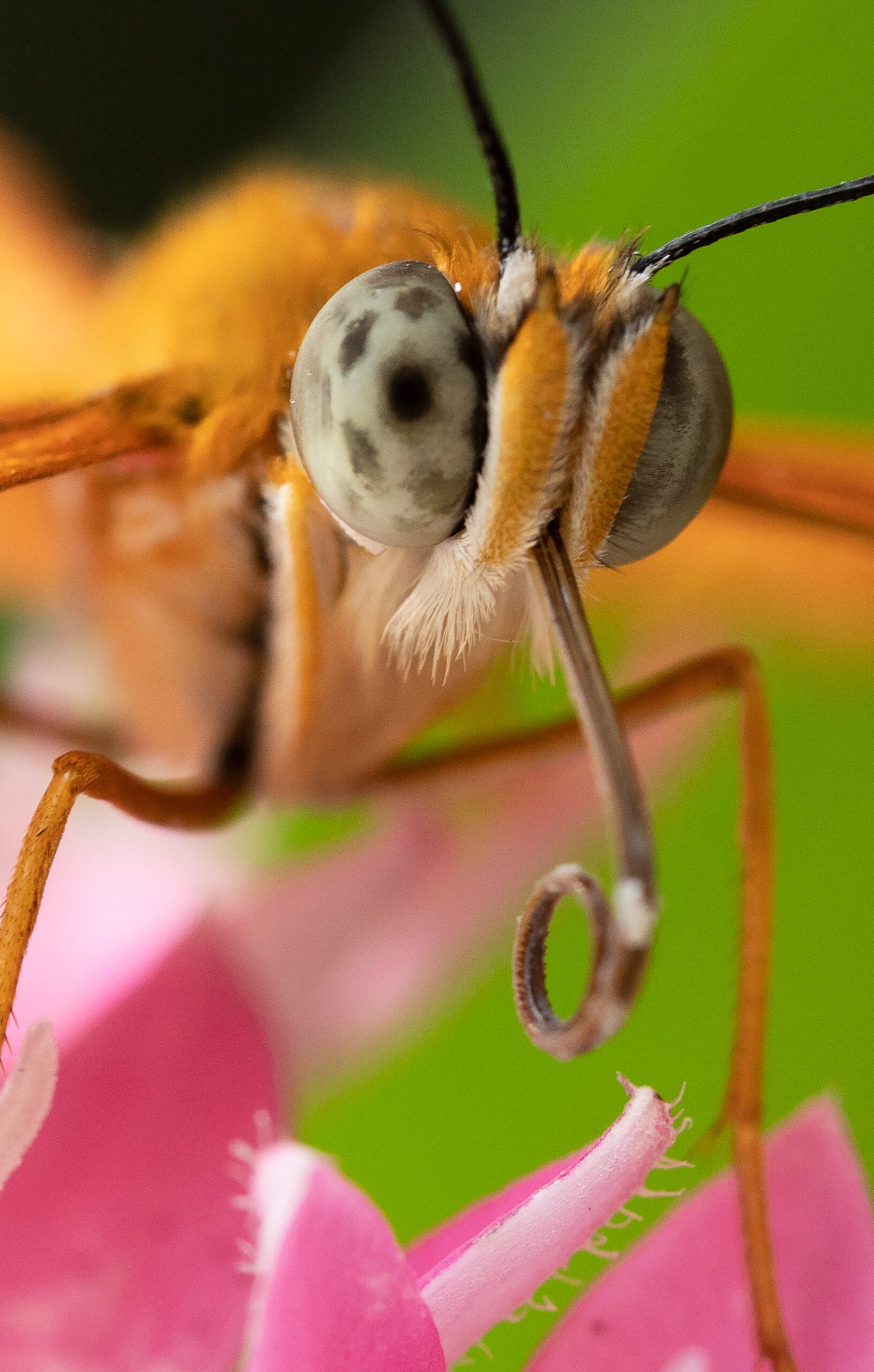Introduction
Welcome to the enchanting realm of butterflies, where nature’s ballet unfolds in vibrant hues and delicate wings carry tales of metamorphosis and migration. Butterflies, with their whimsical beauty and astonishing adaptations, captivate the imagination of both young and old. We’ll uncover 20 fun facts that unveil the secrets behind their colorful wardrobes, aerial acrobatics, and the intricate dance of life that unfolds from egg to butterfly. Impress others with your genius brain by sharing these beautiful facts about butterflies.
Learn More – Facts About Antarctica For Kids
20 Fun Facts About Butterflies for Kids
Butterfly Lifecycle Ballet: Butterflies undergo a magical transformation called metamorphosis. They start as tiny eggs, hatch into caterpillars, form a chrysalis, and emerge as beautiful butterflies. It’s like watching a nature ballet unfold!
Taste Buds on Feet: Butterflies don’t have mouths, but they taste with their feet! Special sensors called chemoreceptors on their feet help them “taste” different plants to find the perfect spot to lay their eggs.
Colorful Wardrobe: Butterflies display an enchanting array of colors, and their wings are covered in tiny, overlapping scales that create these vibrant hues. Each species has a unique and dazzling wardrobe, making them nature’s fashionistas.
Migration Marvels: Monarch butterflies embark on an incredible journey during their migration, covering thousands of miles. They travel from North America to Mexico, showcasing the astonishing power of these delicate creatures.
Feeding Frenzy: Butterflies have a sweet tooth! They feed on nectar from flowers using a long tube-like tongue called a proboscis. This specialized tool helps them sip the tasty nectar, providing energy for their aerial acrobatics.
Butterfly Super Senses: Butterflies have exceptional senses, including keen eyesight. They can see a wide range of colors, including ultraviolet light, which is invisible to the human eye. This superpower helps them find the most attractive flowers.
Social Butterflies: Some butterfly species are social creatures, gathering in groups to roost at night. This behavior, known as communal roosting, allows them to stay warm and protected from predators.
Butterfly Brains: Despite their delicate appearance, butterflies have remarkable brains. They can learn and remember information, helping them navigate their surroundings and find the best food sources.
Incredible Mimicry: Butterflies showcase incredible mimicry to avoid predators. The viceroy butterfly, for example, mimics the appearance of the toxic monarch butterfly, fooling potential threats into thinking it’s also unpalatable.
Butterfly Olympics: Butterflies are excellent flyers, capable of reaching impressive speeds. Some species can fly at speeds of up to 12 miles per hour, making them agile and graceful participants in the insect Olympics.
Tongue Twister: A butterfly’s proboscis, or tongue, can be longer than its body! This impressive adaptation allows them to reach deep into flowers to access nectar, ensuring they don’t miss a drop of the sugary reward.
Butterfly Chorus: Butterflies communicate using different sounds, such as wing clapping and body vibrations. These unique “songs” help them communicate with potential mates and establish territory.
Prehistoric Butterflies: Butterflies have been fluttering around for a long time—about 56 million years! Fossil evidence suggests that these delicate insects have been gracing the Earth with their presence since the Paleocene epoch.

Butterfly Tongue Twister: Butterflies can taste with their feet, but did you know they can also “smell” with their antennae? Specialized scent receptors on their antennae help them detect pheromones released by potential mates.
Giant Flutterers: The world’s largest butterfly is the Queen Alexandra’s birdwing, with a wingspan reaching up to a foot wide. These giants are found in Papua New Guinea and showcase the diversity of butterfly sizes.
Butterfly Mosaic: The wings of butterflies are covered in intricate patterns. The colors and shapes serve various purposes, from attracting mates to warning predators about their toxicity, creating a living canvas of natural art.
Sleeping Beauties: Butterflies need their beauty sleep too! At night, they rest by hanging upside down on leaves or branches. This position helps protect their delicate wings from damage while they dream of their next nectar-filled adventure.
Egg-laying Experts: Female butterflies are egg-laying experts. They carefully select the perfect host plant for their eggs, ensuring that the caterpillars will have a tasty and nutritious meal when they hatch.
Nature’s Eco-pollinators: Butterflies play a crucial role in pollination. As they visit flowers to sip nectar, they inadvertently transfer pollen from one flower to another, aiding in the reproduction of plants and contributing to the circle of life.
Butterfly Rainforests: Butterflies thrive in rainforests, where the warm, humid climate provides an ideal environment for their diverse species. These delicate creatures contribute to the rich biodiversity of these lush ecosystems, adding a touch of color to the green canopy.
These enchanting insects continue to captivate the imaginations of kids and adults alike, reminding us of the intricate tapestry of life on Earth.
